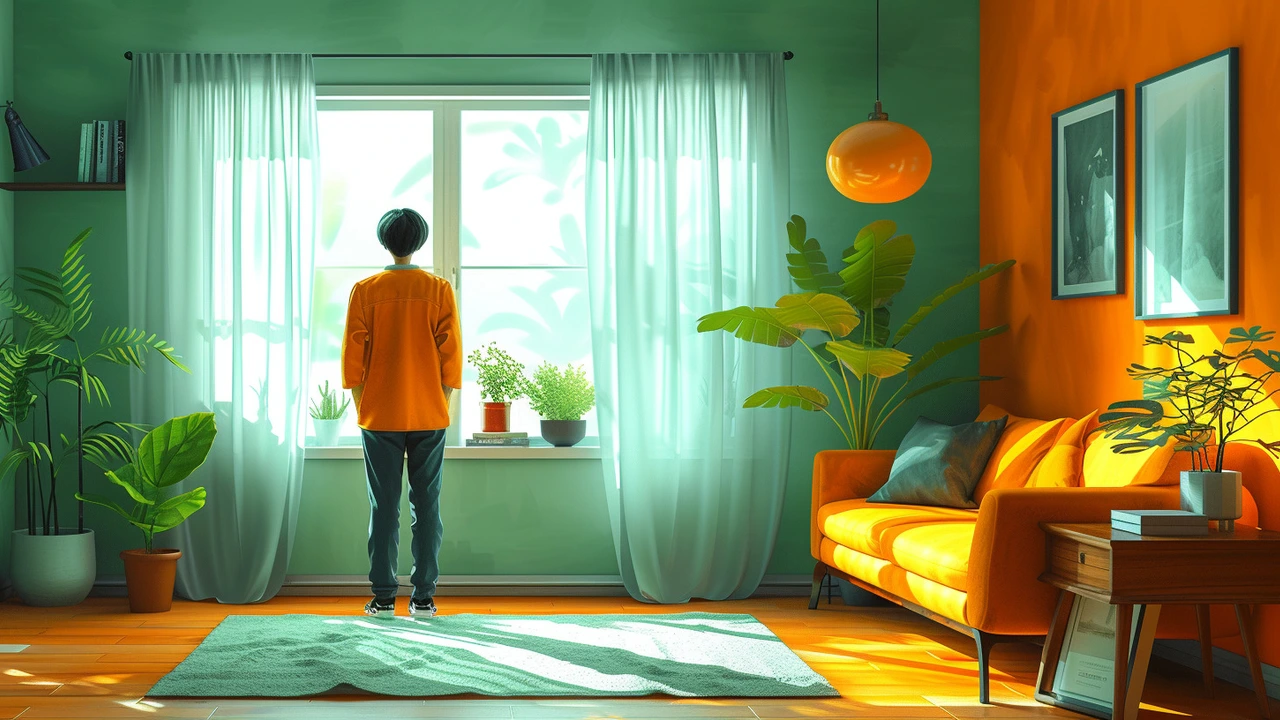Timeless Design: How Classic Architecture Still Shapes Our Spaces
Timeless design isn't about copying a single era. It's about clear structure, thoughtful materials, and details that keep working no matter the trend. From the strength of Ancient Roman arches to the calm symmetry of Georgian facades, classic ideas repeat because they solve real design problems: durability, light, proportion, and human scale.
If you love history, you'll find a lot here: articles on Ancient Roman Architecture, Byzantine domes, Gothic Revival spires, Greek Revival columns, Beaux-Arts grandeur and more. Each style shows a reliable way to make buildings feel rooted and purposeful. Want to recognize those features on a walk? Look for structural honesty (arches, columns), balanced proportions (symmetry, repeating windows), and craftsmanship (stone carving, mosaics, stained glass).
How to spot timeless design
Start small. Note if a building prioritizes function: thick walls, regular window rhythm, and clear entrances. Styles like Romanesque and Renaissance focused on solid forms and readable layouts—those are clues. For ornament, ask whether decoration supports structure (classical cornices, Gothic tracery) or just decorates it. Timeless pieces usually blend beauty with purpose.
Materials tell a story too. Stone, brick, wood, and metal age well when used honestly. Look at Byzantine and Beaux-Arts examples for mosaics and carved stone that still communicate history, and at American Craftsman homes for woodwork that feels personal and long-lasting. If it looks over-engineered to hide poor materials, it's less likely to stay timeless.
Using timeless design in your home
You don't need a palace to borrow timelessness. Keep lines simple, choose durable finishes, and favor proportion over flashy detail. For instance, a Gambrel roof nods to Dutch Colonial Revival without copying a whole house. Add a single classical element—a columned porch or paneled doors—to anchor a modern interior.
Mix thoughtfully. Minimalism in tech and interiors can sit next to a Rococo mirror or a Georgian mantel if you keep colors and scale balanced. That contrast makes both styles read as intentional, not accidental.
Preservation matters when dealing with older buildings. Techniques used in preserving Beaux-Arts or Byzantine structures—matching mortar, repairing rather than replacing, and respecting original materials—extend a building's life and its sense of authenticity. If you're restoring, use specialists and prioritize reversible work when possible.
Want a quick reading plan? Start with Ancient Roman Architecture or Ancient Roman Hidden Gems to understand structure; read Gothic Revival and Byzantine Architecture for ornament and light; then check American Craftsman and Minimalism Tips for modern, livable takes. Each post gives practical ideas you can apply right away.
Timeless design is less about copying the past and more about choosing what still works. Look for honesty, proportion, and craft—and you'll spot the classics wherever you go.

Mid-Century Modern: The Design Trend that Never Fades
Welcome to my latest post on design trends. Today, we're taking a nostalgic trip down memory lane to explore the enduring charm of Mid-Century Modern design. It's amazing how this minimalist yet chic interior design style has kept its relevance over the decades. Join me as we dive into the origins of this trend, its defining characteristics, and why it continues to captivate the hearts of design enthusiasts everywhere. Bring your love for aesthetic and historical design trends as we journey in the world of Mid-Century Modern.
Read more